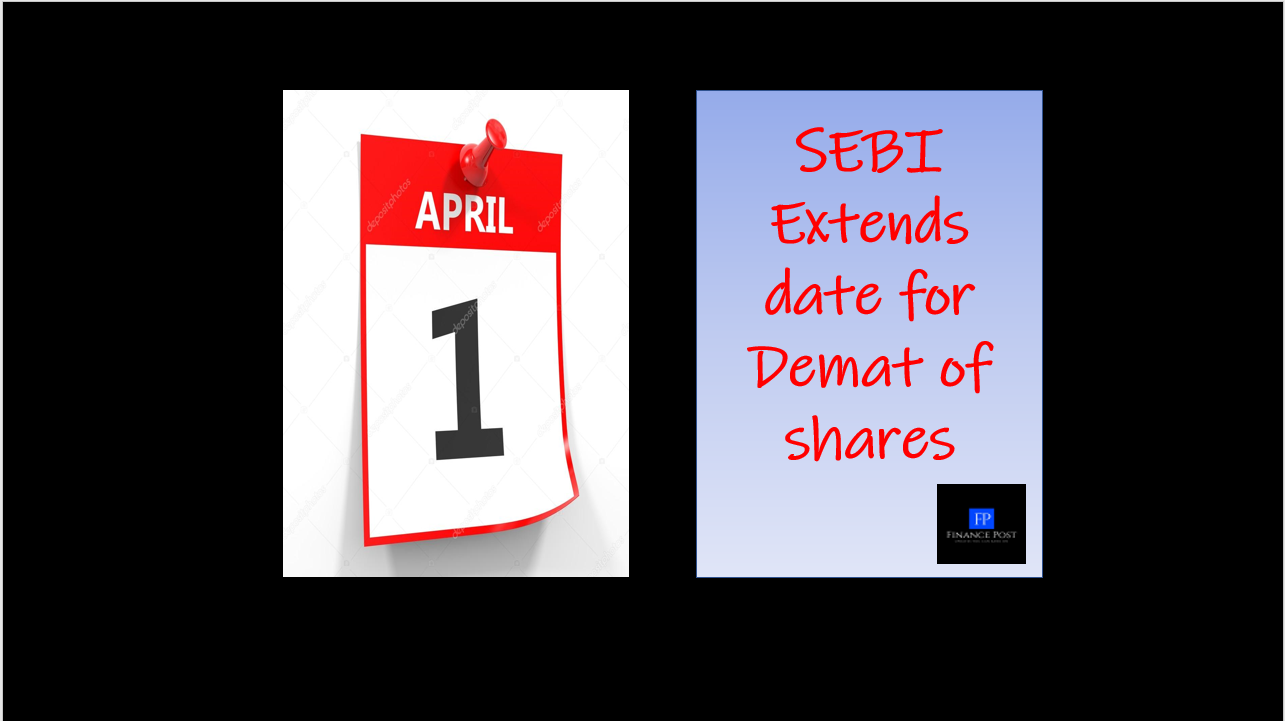
Last updated on August 4th, 2021 at 11:14 am
How to safeguard your investments from market fluctuations?
The YEAR 2020 – The year of most difficult times for masses-economically and financially! Jobs were in danger, Real Estate market crashed… FD rates lowered… and expenses increased.
But this year one investment was giving handsome returns…the Stock Market / Equity investments.
Many retail investors jumped into the cue with all their investments and now the rising SENSEX has broken all the records.
But, do you remember, the sudden crash in 2008 after the Subprime crisis in the US and the bankruptcy of Lehman Brothers leading to the Recession?? US markets (DOW JONES industrial average) fell from 13000 to 7776.8 points in a couple of months. BSE SENSEX fell from 18000 to 8000 in few months.
The rising market trend always comes with a fear of fall.. most likely a sudden and sharp fall or correction. And that is when most of the investors exit the market, most likely with some losses.
The story seems familiar to all of us, and we feel, that’s the way it works. But is it really that way?
Is there a solution that will safeguard your investments from such market fluctuations??
The answer is YES! And the solution is “Diversification!”
Diversification or Proper allocation of assets across asset classes is an important strategy that most investors overlook and that is one reason they can feel dejected or fearful to invest in a particular asset class like Stock Markets.
What is Diversification and Asset Allocation?
Diversification involves the distribution of assets within different asset classes/investment avenues to reduce the overall risk. By picking the right group of investments, one can limit the losses and reduce the fluctuations of investment returns without sacrificing too much potential gain.
The Important element here is appropriate “Asset Allocation”.
Asset Allocation involves dividing the investments among different categories like Equity, Debt, Cash, Commodities, etc. in such a way that the risk is distributed among the asset classes of the overall portfolio. It is more of a Strategy that helps an investor to seek the right balance between risk and rewards based on their appetite to bear risk and volatility. At the same time, it can also prioritize the goals of the investor by making goal-based investments.
Let’s understand the different asset classes/investment avenues along with the risk involved in those asset classes:
Equity: Equity assets are the most popular asset class, owing to their high potential for returns and their ability to beat inflation comfortably. However, this class of assets is extremely volatile and comes under the “High-Risk High Reward” category. One can now also invest in national as well as international equity markets.
Debt: Investing in debt instruments like bonds, deposits, debt mutual funds, etc gives an investor fixed income investing and involves low risk.
Cash: Cash or cash equivalents like short-term liquid funds/money market mutual funds have high credit quality and are highly liquid. But this asset class can be considered as the “Low-risk Low reward” category.
Commodities & Currencies: Investing in commodities and currency markets is another attractive investment option that is highly neglected. They are typically a preference amongst experienced investors. The risk and reward here are moderate to high.
Real Estate: Real estate investment can be further classified into commercial/residential or Land / Building or Agricultural / Non-agricultural etc. Every investment avenue in real estate has its own risk and reward ratio depending on various controllable as well as uncontrollable factors.
Is “timing the market” a better strategy than “asset allocation”?
Some investors believe that the inherent risks of investing can be tackled by investing ‘smartly’ and managing the entry/exit at the right time; especially in equity markets. Their perception is that buying the dips and selling the highs can shield investors from catastrophic events. But practically, it is very difficult, rather superficial as there is no rule-book to understand what is at its peak.
MarketWatch, Forbes, and many more performed a detailed study on this and found that most stock-picking strategies fail. A Forbes article found market-timing by professional money managers to be flawed.
In nutshell- While there are instances of successful market timing, they are often mere luck. Whereas, the appropriate diversification and asset allocation have been time tested to be the best way to manage your returns against all uncertainties.
⇒ Asset allocation significantly diversifies your risk exposure. For eg: when equities crash, currencies or gold/silver, etc perform and vice-versa.
⇒ Diversifying your investments also dilutes volatility.
⇒ Multiple studies have consistently demonstrated that 90% of returns come from asset allocation, with only 10% from the type of fund you buy.
⇒ Asset allocation maintains discipline and Lowers the stress
⇒ A well-designed mix of equity, debt and gold funds can ensure a steady return reasonably guarded against uncertainties.
So, what is the full-proof strategy?
“Diversify within your diversification”
A thumb rule, well-explained by Glide-invest, where they mention that diversification in every asset class is beneficial. For eg: 25% each of Asset allocation amongst equity, debt, gold, and Liquid funds would have delivered 11% CAGR when only a one-sided portfolio would have given losses.
So never consider diversification as a conservative strategy. It lowers your risk and brings stability at the same time perfect asset allocation will give you windfall gains too.
How to Balance your portfolio?
Asset allocation or portfolio diversification is a tricky business and stressful task. Though clearly defining your financial goals and risk tolerance makes the task considerably easy; it certainly needs an expert understanding of market conditions, available products, and how these products will perform under different market conditions in the future. Certainly, it’s a game of Skill and Experience!
 So, don’t shy to take advice from Financial Advisors like “Glide-Invest”( (an initiative by Motilal Oswal Investment Services). It is a simple, low-cost (stress-free) wealth management platform that helps in Goal-Based Investing and provides personalized portfolio solutions using asset allocation for diversification for individual investors depending upon their risk profile and financial goals.
So, don’t shy to take advice from Financial Advisors like “Glide-Invest”( (an initiative by Motilal Oswal Investment Services). It is a simple, low-cost (stress-free) wealth management platform that helps in Goal-Based Investing and provides personalized portfolio solutions using asset allocation for diversification for individual investors depending upon their risk profile and financial goals.
You can download the application by clicking here.
Click here to read more about asset allocation
Related Posts
- How to do a transaction in Digital Rupee (CBDC-R)? – A Step by step Guide - 10/12/2022
- Can you rectify your 26AS? - 20/09/2022
- Tax implications on Cashback - 09/09/2022
Disclaimer: The above content is for general info purpose only and does not constitute professional advice. The author/ website will not be liable for any inaccurate / incomplete information and any reliance you place on the content is strictly at your risk.
Follow us on Social Media by clicking below
Follow @financepost_in



Be the first to comment